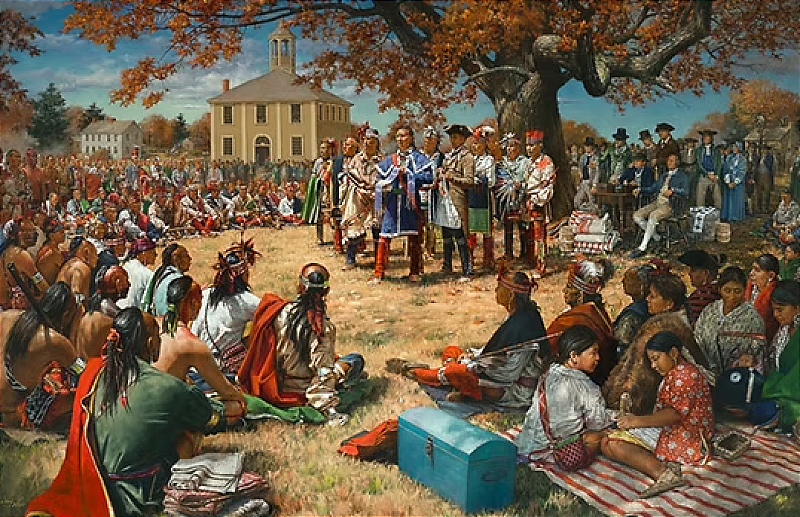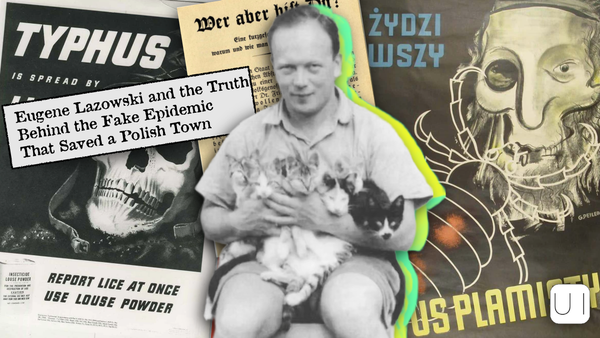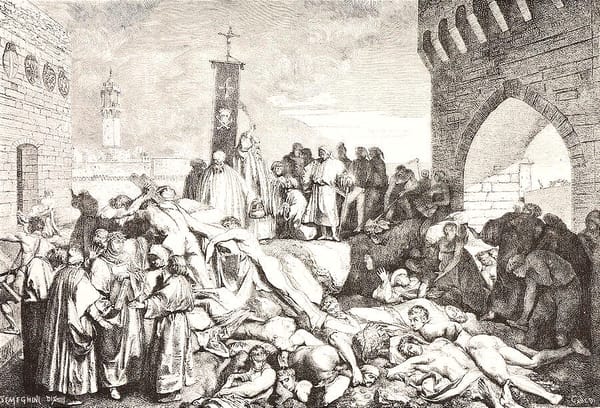He created a Dr. Frankenstein 30 years before Mary Shelley

Long before Mary Shelley's Frankenstein was published in 1818, an author penned a story that resembles it on more than one account: François‐Félix Nogaret, Le Miroir des événemens actuals, ou la belle au plus offrant (The Looking Glass of Actuality, or Beauty to the Highest Bidder, 1790). Nogaret's story about an inventor named Frankenstein who builds an artificial man is an astounding precursor, especially since the Revolution and its attempt to make a “new man” have long focused interpretations of Shelley's work. Both texts ask whether technological innovation will help or hinder human progress, and provide answers reflecting their differing historical and ideological contexts. What seemed possible in 1790 was later viewed with skepticism, including by Nogaret himself in subsequent editions of Le Miroir (1795, 1800). The tension between enthusiasm and disdain for the project of improving upon nature or remaking mankind, prefigured in the changes between the two editions of Nogaret's novella, resonates profoundly in Frankenstein. (via Taylor & Francis)
A British man looking for a lost hammer found a hoard of Roman coins worth $6 million

The Hoxne Hoard is the largest hoard of late Roman silver and gold discovered in Britain, and the largest collection of gold and silver coins of the fourth and fifth centuries found anywhere within the former Roman Empire. It was found by Eric Lawes, a metal detectorist in the village of Hoxne in Suffolk, England in 1992. The hoard was buried in an oak box or small chest filled with items in precious metal, sorted mostly by type, with some in smaller wooden boxes and others in bags or wrapped in fabric. Remnants of the chest and fittings, such as hinges and locks, were recovered in the excavation. The coins of the hoard date it after AD 407. Tenant farmer Peter Whatling had lost a hammer and asked his friend Eric Lawes, a retired gardener and amateur metal detectorist, to help look for it. The hammer was later donated to the British Museum. (via Wikipedia)
In New York in the 1800s everyone renting an apartment had to move on the same day in May

"When we returned along Broadway, it seemed to me that the city was rushing into a terrible calamity. He laughed and said it was the general moving day." This curious passage belongs to the memoirs of Davy Crockett, the American adventurer nicknamed King of the Wild Frontier, who after a stint as a hunter and military scout went on to become a congressman for Tennessee. Crockett must have been astonished to see how thousands of New Yorkers, mostly from the lower classes, loaded all their household belongings onto carts and left their homes to move to another; all at once, on the same day, as if they had agreed to do so. That scene repeated itself year after year on May 1st, when the pleasant spring weather arrived. That was when their rental contracts expired and landlords — who had to give two months’ notice — raised rents, causing tenants to leave in search of better offers. It was the so-called Moving Day. (via La Brujula Verde)
Hi everyone! Mathew Ingram here. I am able to continue writing this newsletter in part because of your financial help and support, which you can do either through my Patreon or by upgrading your subscription to a monthly contribution. I enjoy gathering all of these links and sharing them with you, but it does take time, and your support makes it possible for me to do that. I also write a weekly newsletter of technology analysis called The Torment Nexus.
The US still pays the Iroquois Confederacy $4,500 a year as part of a 1794 treaty

The Canandaigua Treaty is a treaty between the United States of America and the Six Nations of the Iroquois Confederacy - Seneca, Cayuga, Onondaga, Oneida, Mohawk and Tuscarora. It was signed in Canandaigua, New York on November 11, 1794 by sachems representing the Grand Council of the Six Nations of the Iroquois Confederacy and by Colonel Timothy Pickering who was the official agent of President George Washington. As part of its continued observance of the Canandaigua Treaty, the United States each year provides $4500 for the annual distribution of cloth to the Six Nations peoples. This annual distribution of cloth is 200+ year old affirmation of the obligations the United States government made in this treaty. The Canandaigua Treaty Day Celebration, held each year on November 11 in Canandaigua, New York, is an event commemorating the continued observance of this treaty by the Six Nations people. (via Ganondagan)
A British teen died of propane and butane poisoning after using too much deodorant

A teenager died from deodorant fumes because of his obsession with personal hygiene, an inquest heard. Jonathan Capewell, 16, had 10 times the lethal dosage of propane and butane in his blood, according to the coroner's report. Jonathan became obsessed with smelling fresh and would cover his entire body in deodorant at least twice a day. He died after suffering a heart attack. It is believed that the gases built up in his body over months during which Jonathan repeatedly sprayed himself in the bedroom of his home in Oldham, Greater Manchester. The coroner, Barrie Williams, recorded a verdict of accidental death. Jonathan's death is believed to be the first by accidental inhalation in the UK. Jonathan's father, Keith Capewell, 43, said: "When we told him he was using too much, he said he just wanted to smell good. Even when we were in a room downstairs we couldn't just smell it, we could taste it. (via The Independent)
AI can change what a dancer is wearing in a video in realtime

Acknowledgements: I find a lot of these links myself, but I also get some from other newsletters that I rely on as "serendipity engines," such as The Morning News from Rosecrans Baldwin and Andrew Womack, Jodi Ettenberg's Curious About Everything, Dan Lewis's Now I Know, Robert Cottrell and Caroline Crampton's The Browser, Clive Thompson's Linkfest, Noah Brier and Colin Nagy's Why Is This Interesting, Maria Popova's The Marginalian, Sheehan Quirke AKA The Cultural Tutor, the Smithsonian magazine, and JSTOR Daily. If you come across something interesting that you think should be included here, please feel free to email me at mathew @ mathewingram dot com



